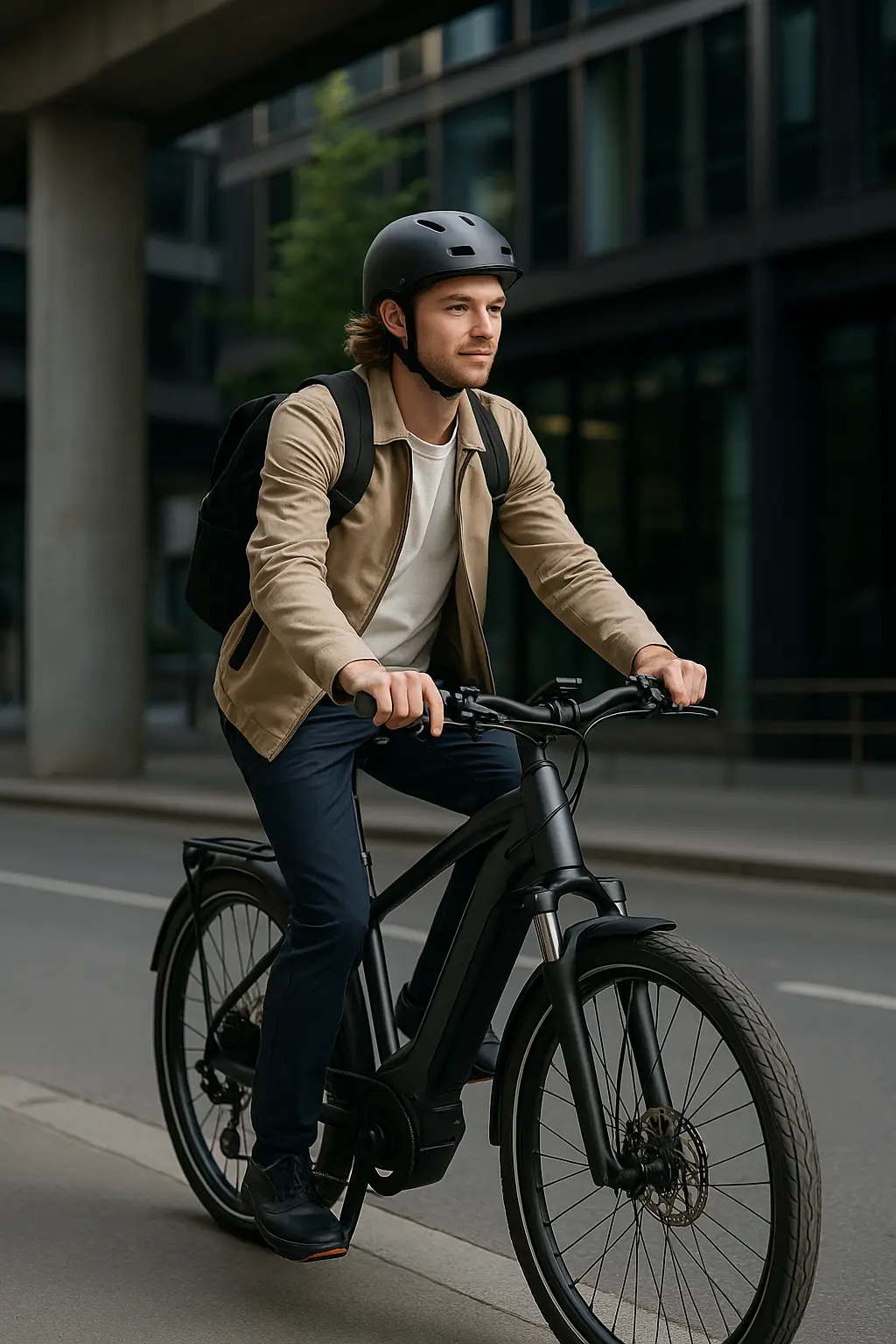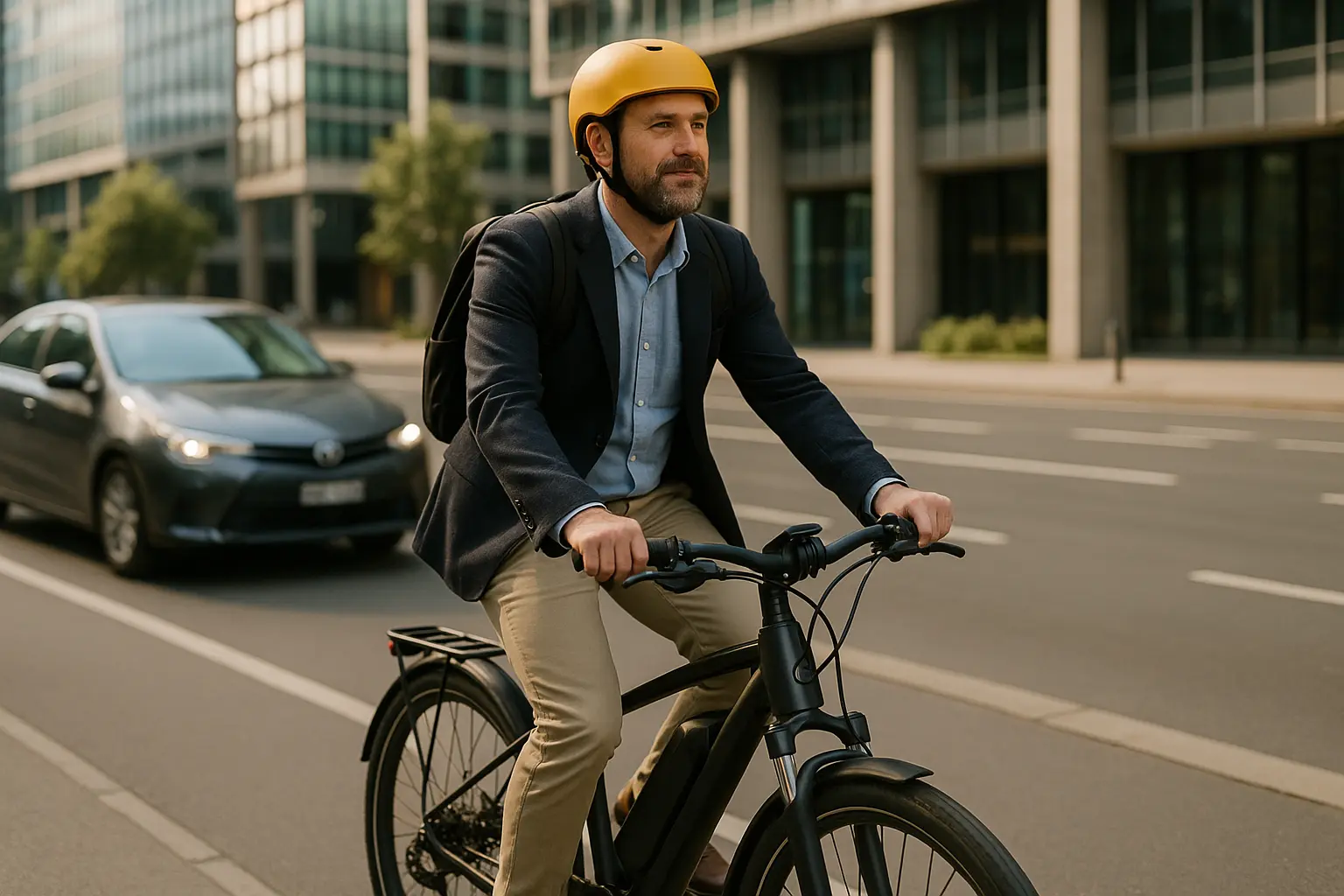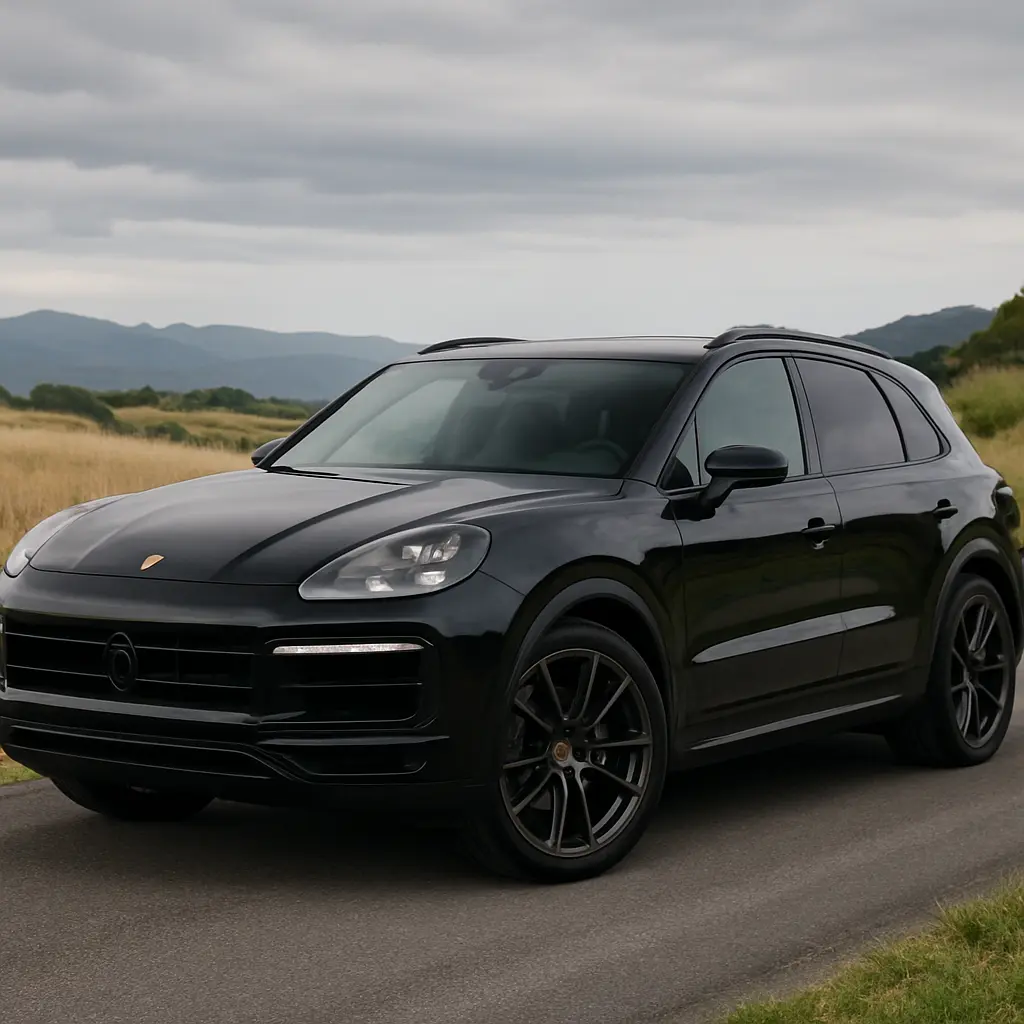Why Some Aussies Are Ditching Cars for E-Bikes in 2025

Introduction: A Silent Revolution on Two Wheels
From the bike lanes of Brisbane to Melbourne's urban sprawl, a transport revolution is underway. In 2025, more Australians than ever are opting for electric bicycles (e-bikes) instead of traditional cars. Rising fuel prices, urban congestion, climate concerns, and evolving tech have pushed e-bikes into the spotlight.
This blog dives deep into why some Aussies are saying goodbye to car keys and hello to pedals, examining the advantages, trends, cost comparisons, and what this shift means for the future of urban mobility in Australia.
1. What Is an E-Bike and How Does It Work?
An electric bicycle (e-bike) is essentially a bicycle fitted with a battery-powered motor that assists your pedalling. It doesn't replace pedalling (unless it's a throttle-only model) — it helps make cycling easier, especially uphill or on long commutes.
Common Types of E-Bikes in Australia:
- Pedal-assist (pedelec): The motor assists only while pedalling.
- Throttle-assist: Allows riding without pedalling — legally capped in Australia.
- Cargo e-bikes: Designed to carry loads or kids.
- Folding e-bikes: Ideal for public transport integration.
- Mountain e-bikes: Great for off-road terrain.
2. Key Reasons Why Aussies Are Switching from Cars to E-Bikes
2.1 Cost Savings
Running a car in Australia has never been more expensive. Between insurance, registration, servicing, fuel, and depreciation, owning a car can cost $5,000 to $15,000+ per year depending on the type.
In contrast, an average e-bike:
- Costs between $1,500 to $5,000 upfront
- Charges for less than $0.30 per full battery
- Requires minimal maintenance
- Doesn’t need registration or insurance (in most states)
2.2 Beat the Traffic
E-bike users can legally use bike paths, shared-use trails, and in some cases even bus lanes, depending on the state. For congested CBDs like Sydney or Melbourne, this can mean cutting commute times in half.
2.3 Eco-Friendly Lifestyle
The transport sector accounts for roughly 18% of Australia’s greenhouse gas emissions. E-bikes use clean electricity and produce zero tailpipe emissions. It's the perfect tool for urban Australians who want to reduce their carbon footprint.
2.4 Physical and Mental Health Benefits
While e-bikes offer pedal assistance, you still get light-to-moderate exercise. This form of regular low-impact physical activity:
- Improves cardiovascular health
- Boosts mental well-being
- Encourages outdoor engagement
It’s like commuting and getting your daily exercise in one go.
2.5 Parking and Convenience
With free bike parking in many Australian cities and no need to worry about tight car spaces or parallel parking, e-bike owners enjoy superior convenience.
3. Government Support and Incentives in 2025
Although not as widespread as EV rebates, some local councils and state programs are offering:
- Subsidies for e-bike purchases
- Infrastructure development like bike lanes and secure bike parking
- Employer incentives for staff using e-bikes to work
Examples:
- ACT and Victoria offer transport strategy incentives for micromobility.
- City of Sydney has invested heavily in protected bike lanes, supporting the surge.
4. Urban Mobility Trends in Australia
Australia is seeing a shift from car-dominated infrastructure to multimodal transport ecosystems.
Supporting Data:
- E-bike sales surged by 42% in 2024 and are expected to grow again in 2025.
- More than 60% of e-bike users in major cities now use them for daily commuting.
- Cities like Adelaide, Canberra, and Perth are building e-bike-friendly infrastructure at record pace.
5. Comparing Costs: E-Bike vs Car in 2025
| Expense Category | Car (Annual Avg.) | E-Bike (Annual Avg.) |
|---|---|---|
| Upfront Cost | $25,000+ | $2,000 – $5,000 |
| Registration & Rego | $700 – $1200 | $0 |
| Fuel / Charging | $1,500+ | ~$50 |
| Insurance | $800 – $2,000 | Optional (~$100) |
| Maintenance / Repairs | $500 – $1,500 | $100 – $300 |
| Depreciation | High | Low |
Total (approximate yearly):
- Car: $8,000 – $15,000
- E-Bike: $150 – $500
6. Are E-Bikes a Realistic Car Alternative?
6.1 Ideal for:
- Urban commutes under 15–20 km
- Students and young professionals
- Families with school-drop errands
- Last-mile delivery services
6.2 Not Ideal for:
- Regional long-distance travel
- Towing or transporting large goods (unless using cargo e-bike)
- Poorly connected rural areas
That said, many households are adopting e-bikes as second vehicles, not full car replacements — especially where public transport integration is possible.
7. The Changing Face of Australian Cities
Many Australian cities are actively redesigning urban planning with e-bike use in mind.
Infrastructure Examples:
- Brisbane: Dedicated green bridges for cyclists and pedestrians
- Sydney: Continuous bike corridors and parking infrastructure
- Melbourne: Pop-up lanes turned permanent
- Perth: 132km of new bike paths planned by end-2025
Urban planning now prioritises 15-minute cities, reducing the need for cars.
8. Popular E-Bike Models in Australia 2025
| Brand | Model | Price (AUD) | Range (km) | Features |
|---|---|---|---|---|
| Trek | Allant+ 8 | $6,499 | 90 | Bosch motor, step-thru frame |
| Merida | eSpresso City 300 | $3,299 | 100 | Urban comfort, integrated lights |
| Specialized | Turbo Vado SL | $4,999 | 130 | Lightweight, app integration |
| VelectriX | Urban+ | $2,299 | 80 | Affordable city bike |
| Giant | Explore E+ | $3,899 | 120 | Hybrid adventure-capable |
9. Legal Rules and Safety in 2025
Australian E-Bike Regulations:
- Max 250W motor for legal road use
- Max speed assist 25 km/h
- Must be road-safe: lights, reflectors, bell
- Helmets are mandatory
- No license or rego needed for legal models
Safety Tips:
- Wear visible clothing
- Use daytime running lights
- Ride predictably and obey traffic signals
- Park securely — e-bike theft is rising
10. Challenges of E-Bike Ownership
While the pros are strong, there are a few hurdles:
- Initial cost barrier vs regular bikes
- Battery theft and vandalism in some areas
- Limited storage space in apartments or office buildings
- Weather limitations – not ideal in storms or extreme heat
- Some anti-cyclist attitudes still persist in Australian road culture
11. E-Bikes and the Future of Commuting
Australia is on a slow but steady path toward sustainable transport. While EVs grab headlines, e-bikes are the silent game-changers in daily urban mobility.
As petrol prices rise and city congestion worsens, Aussies are realising they don’t always need 1.5 tonnes of metal to get around. An electric bike is not just a commuter tool — it’s a lifestyle shift.
Conclusion: Should You Ditch Your Car for an E-Bike?
Not everyone can go fully car-free — yet. But for many Australians, especially those in cities, the car is becoming an optional luxury rather than a daily necessity.
E-bikes provide:
- A practical, clean, and cost-effective alternative
- A way to reclaim control over time, money, and health
- A step toward more liveable, breathable cities
So whether you’re looking to ditch the second car, replace your daily commute, or simply save money, 2025 might be the perfect time to go electric — on two wheels.
If you need more guides on car alternatives, electric vehicles, or fuel-saving options, explore more expert insights on carsoop.com.au.
Leave a comment
Your email address will not be published. Required fields are marked *




















